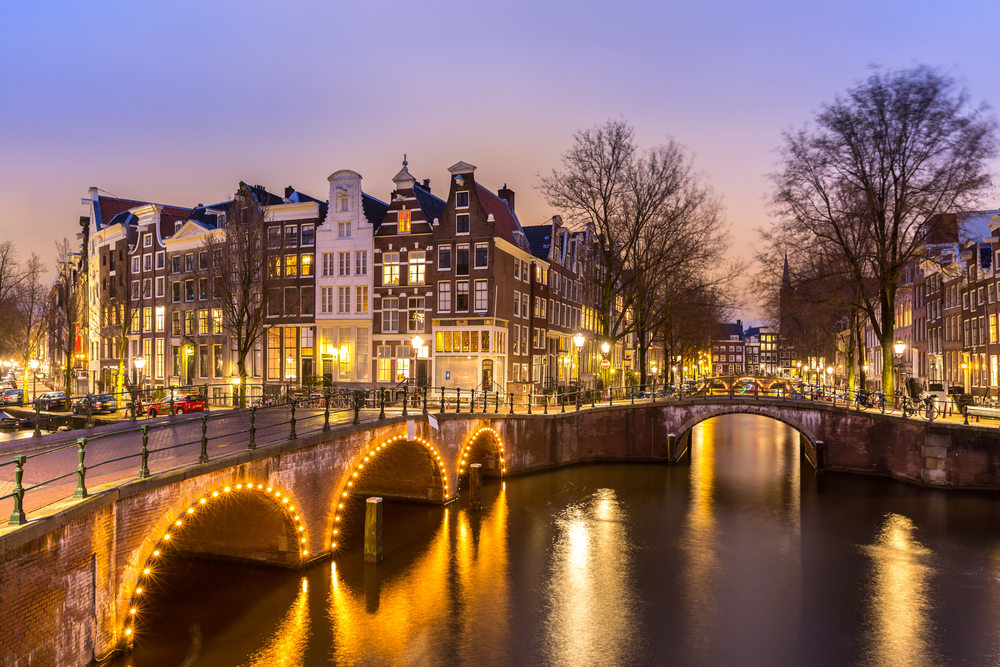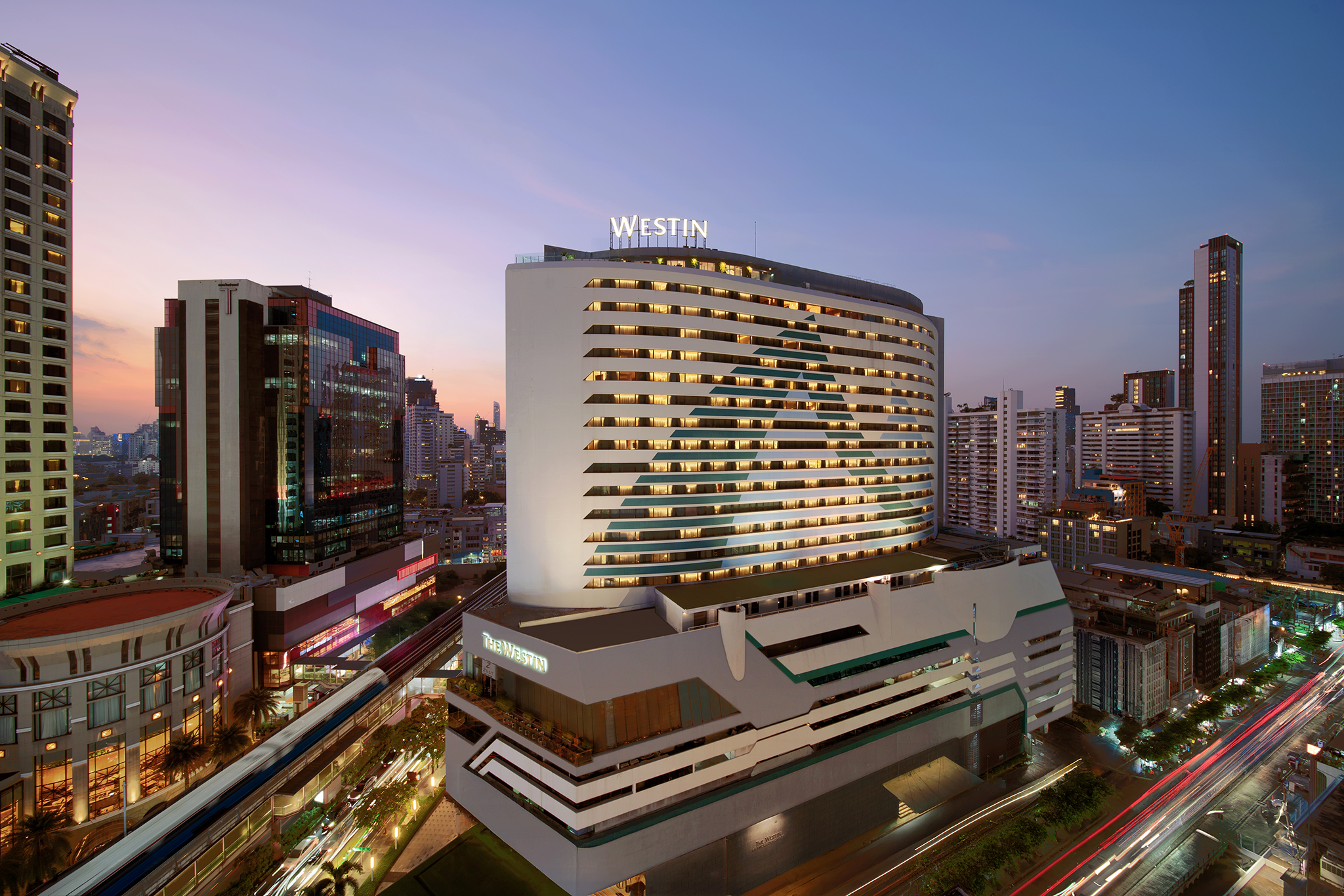The Dutch capital of Netherlands has limited cannabis use only to the Red-Light District and designated coffee shops in an effort to save residents from tourists that come to have fun in the popular destination for drug use and other not-so-common activities.
The new ban, which, in addition to the cannabis use directive, includes opening hours for brothers and the Red-Light District activities, is expected to become effective in mid-May. This is as informed by a news report in Schengen Visa .
With the new measure in place, smoking cannabis will be banned in all public spaces, from Thursday to Sunday, between 4 pm and 1 am. In addition, sex shows at Red Light District will have to close at 2 am while brothels have to shut their activity at 3 am instead of 6 am, as it was prior to the announcement. The ban also includes the order to shut down bars and restaurants at 2 am, while those restaurants that serve alcohol will have to shut down one hour earlier.
Off-licence alcohol sales in the Red-Light District were already banned from Thursday to Sunday after 4 pm, but the council has ordered shopkeepers to remove alcohol from display during that time. “The atmosphere becomes dire, particularly at night. This comes at the expense of a good night’s sleep for residents and the liveability and safety of the whole neighbourhood,” a resident said.
The restless nightlife in Amsterdam has pushed Dutch authorities to introduce “Stay Away”, raising awareness campaigns aimed at discouraging “disrespecting tourism” that has created an infamous reputation for the Dutch Capital.
Over 20 million visitors make a stop in Amsterdam every year, making it one of the most visited cities in Europe. The new campaign intends to reduce the number of visitors that come to Amsterdam to visit and take a hit at Red-District Light services starting this year. Eventually, tourists that come to Amsterdam for Cannabis use, bachelorette parties, sex tourism or even over-tourism will no longer be permitted in the Dutch capital.
In addition to promoting respected tourism, the Netherlands is trying to limit the number of visitors they receive due to overcrowding which can put locals in difficulties with transportation, housing and public spaces.
The environmental impact of tourism is also another factor that is affecting Dutch residents, as increased numbers of visitors lead to more waste and pollution. As a whole, the quality of life for locals drops, considering it is more difficult for them to access resources and other services in their everyday life.








